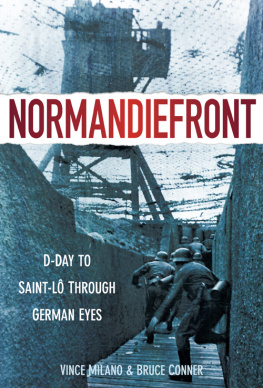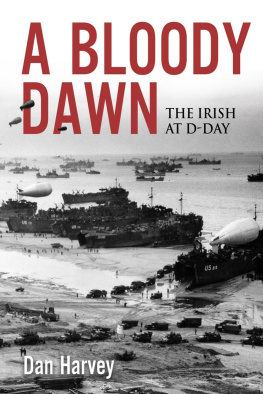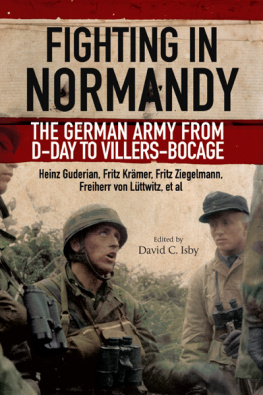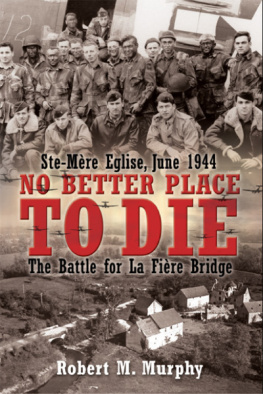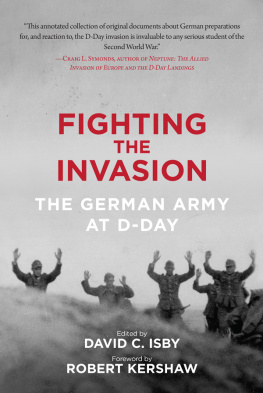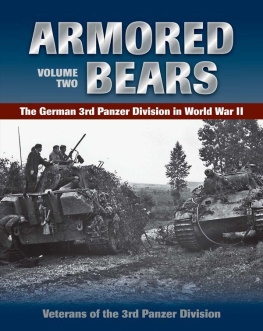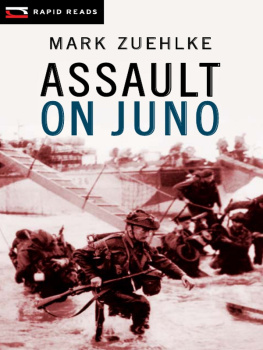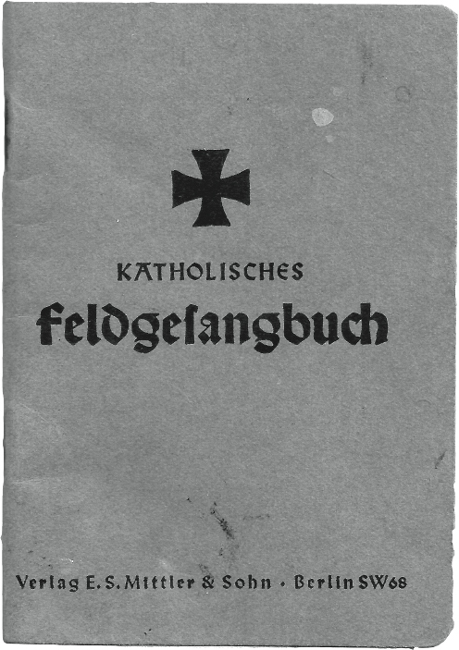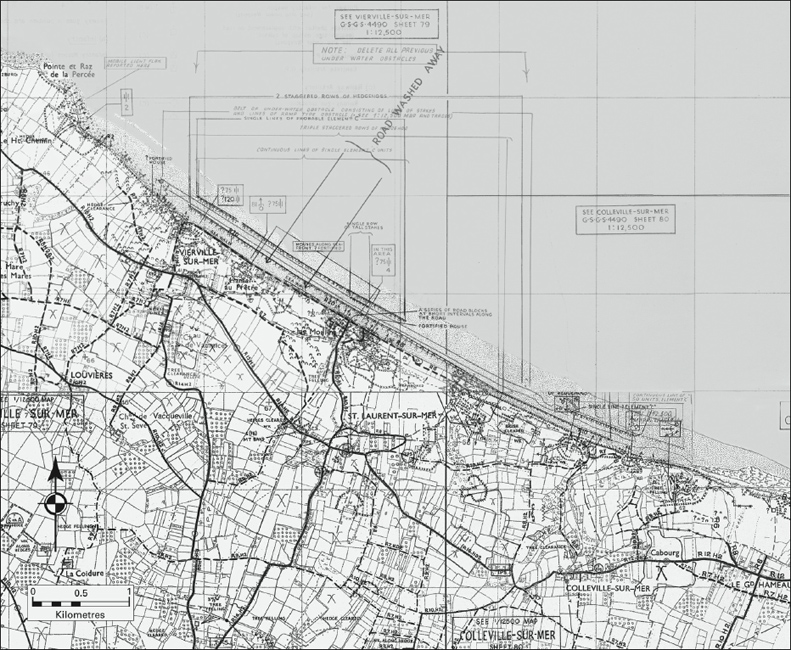NORMANDIEFRONT
NORMANDIEFRONT
D-D AY TO S AINT -L T HROUGH G ERMAN E YES
V INCE M ILANO & B RUCE C ONNER

I can still see those faces silently asking me What should we do now? I was angry, mad at myself for not being sure what to tell them. I looked out the view slit. The Amis were gaining ground and from the sounds of the fighting some were up in the village behind us We would use the firepower of the MG42 to get us out of here I fired the last belt in short bursts to keep the Amis at a distance The final count was 64 rounds, a number I never forgot Rummaging through the mess Helmuth found two grenades. The plan would go, we hoped, like this. The two of them would throw out the grenades, one left, and one right. Then I would go out with the MG and make for the trench that was not too far away. From here I would cover them while they ran across. Willi could run, but Helmuth would be hampered by his wound. Instead of a rifle I gave him my pistol. For now, Willi carried two rifles. We all crouched in the entranceway. I took a deep breath and nodded to them. Both grenades flew out at the same time, explosions followed. I sprang through the doorway. Fearing the worst, I tensed up as I emerged into the open
Obergrenadier Karl Wegner
Frontispiece: Obergrenadier Karl Wegners Catholic prayer book.
First published 2011
by Spellmount, an imprint of
The History Press
The Mill, Brimscombe Port
Stroud, Gloucestershire, GL 5 2 QG
www.thehistorypress.co.uk
This ebook edition first published in 2011
All rights reserved
Vince Milano & Bruce Conner, 2011
The right of Vince Milano & Bruce Conner, to be identified as the Author of this work has been asserted in accordance with the Copyrights, Designs and Patents Act 1988.
This ebook is copyright material and must not be copied, reproduced, transferred, distributed, leased, licensed or publicly performed or used in any way except as specifically permitted in writing by the publishers, as allowed under the terms and conditions under which it was purchased or as strictly permitted by applicable copyright law. Any unauthorised distribution or use of this text may be a direct infringement of the authors and publishers rights, and those responsible may be liable in law accordingly.
EPUB ISBN 978 0 7524 7286 7
MOBI ISBN 978 0 7524 7285 0
Original typesetting by The History Press
CONTENTS
ACKNOWLEDGEMENTS
W E would like to thank our families and many friends who supported us in this endeavour. The first would be our wives, Elizabeth Milano and Susan Conner. Then would be the many good friends who gave assistance and encouragement: Paul Botting; John Botting; Phil Burkhart;Tara Burkhart;Jon Byron;Valerie Byron;Stephen Cheng; Jade Cheng; James Foote; Jeremy Foote; Christian Fuehr; Martin Galle; John Laramie; Kurt Milano; John Pagan; Joshua Pagan; James Rumrill; and Ronny Schindler.
All of the good people listed have helped us in many ways and all their contributions are very much appreciated. Amongst their ranks is one person who deserves to be Mentioned in Dispatches. Without his tireless efforts and devotion, this work would have languished in a desk drawer. So we simply say: Paul Botting well done and a heartfelt thank you.
Vince Milano & Bruce Conner
FOREWORD
W E hope that this book gives the reader a better understanding of the German side of the D-Day landings and shows that not all German soldiers were highly motivated Nazis. For most of the soldiers, their motivation to fight to the end was born of their wish to return home to their loved ones.
My Grandfather never revisited Normandy because of his memories of the fighting and his bitter feelings about being left alone at the front by his superiors. Being in charge of men that could defend themselves only with small arms and exemplary devotion against an enemy with ever-increasing supplies of tanks, artillery and aircraft, he felt responsible for every soldier that died under his command.
Fighting and dying for the wrong cause, the soldiers of 352. Infanterie-Division nevertheless deserve respect for what they accomplished in Normandy until the unit was destroyed at St L.
Martin-Robert Galle, grandson of Oberst Ernst Goth,
Commanding Officer, Grenadier Regiment 916, 352. Infanterie-Division
PREFACE
JUNE 1944 saw the greatest seaborne invasion in history. Millions of men were involved. Through the years, numerous books have been written on this subject, all tackling different aspects or providing different interpretations of the fighting. This book concentrates on one German division, 352. Infanterie-Division, and its involvement in Normandy. Often, the actions of this unit have been overlooked by historians who centre on more elite or famous divisions when writing about the German side. However, the 352nd played one of the most important roles in the campaign, nearly changing the outcome of the invasion.
This work is on occasion unspecific when discussing Allied units and their actions. This is done in attempt to give the reader the same perspective the German commanders had and upon which they based their tactical decisions. The accounts of the surviving veterans, both American and German, have been of inestimable value in giving a view of the invasion from the foxhole. Some of these men have done historians a great service by recording their individual accounts during or just after the war. But most have set down their memories during interviews and in correspondences decades later. Painstaking efforts to verify and place these mens experiences have been made by the authors.
Why was this book written? It is not an attempt to glorify the German Army or the Third Reich in any way. The reasons go back to my youth. I lived with my family in a housing development which was solely for veterans of the US Military and their families. My father had been a US Marine and my mother served in the Womens Army Corps. All of my friends had at least one parent who served and at that time the vast majority had seen combat in the Second World War. I spent much of my time talking to these veterans while cutting lawns, delivering papers and shovelling snow for them. Throughout this time I learned of both World Wars through their memories. They talked vividly of their experiences, laughing at the funny incidents and welling up when relating the loss of close buddies. This was the war as they saw it, felt it and knew it. Time passed and these men faded away one by one. I grew older reading more books regarding the history of the campaigns I had heard so much about but few books ever equalled those vivid accounts. These veterans may have had a fact or two wrong regarding the overall campaign but their experiences rang true. In the end their stories, for the most part, were never recorded and are now lost to us for ever. Later in life, while serving as an infantryman my interest in the Normandy Invasion was sparked by the conversations I had with my uncle who landed with the US 4th Division on Utah Beach. My attention was drawn more to the events that occurred on Omaha Beach by a chance meeting I had with a German veteran of the campaign. His recollections brought me back to the veterans of my youth. I began to question what really happened on that beach and in the hedgerows, since many of the accounts I read were repetitive the same versions reworked into different books. With very few exceptions, they were from the Allied point of view. As time passed, I found more German veterans who had been there. Their numbers were small. Smaller still was the number who would talk about their experiences. Then one German veteran Werner Stahnke who served in Russia and the Battle of the Bulge, commented to me that it was very sad that when they were all gone no one would really have a record of the war as they saw it. In the end I felt that the history of this campaign should be heard from both sides of the front line. We all must hold in high esteem the Allied soldiers who stormed the beaches, jumped into the darkness and slugged it out in the hedgerows to liberate Europe and save the world. However, this sacrifice and honour should not erase the experiences of the other side. In the end, regardless of uniform, the ordinary soldier is the same worldwide. This book is an effort to add these mens recollections to the overall story of the greatest air and seaborne invasion ever undertaken. Most of these men have passed on and it seemed wrong to let their memories fade from the pages of history. This is their war.

